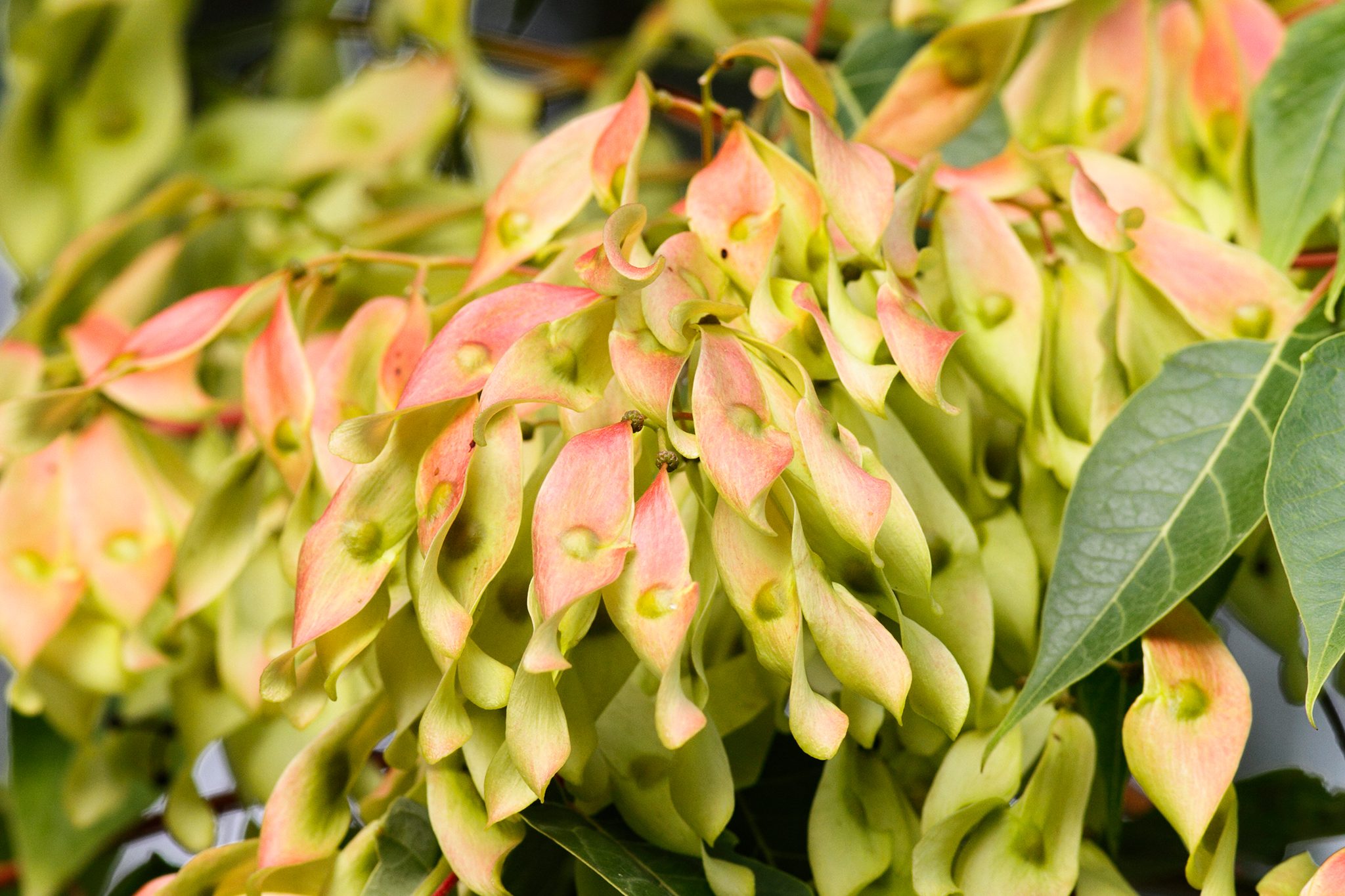Resources for your consideration.
You think you’re just turning over a bed of soil.
But what if I told you that every shovel of damp earth releases invisible medicine—neurochemicals, scents, and microbes that sharpen your focus, lift your mood, and train your brain to handle stress?
Most people garden for food. Some garden for beauty. But very few realize that the soil itself is rewriting their nervous system with every breath. September is when this hidden pharmacy is at its peak—if you know how to unlock it.
The Hidden Drug in Dirt
Here’s the breakthrough: damp soil doesn’t just smell “earthy.” That scent is geosmin—a volatile compound that latches onto olfactory receptors and routes straight into your limbic system, the brain’s emotional core.
Alongside geosmin come terpenes and, most importantly, Mycobacterium vaccae, a humble soil microbe. Exposure to M. vaccae has been shown to modulate cytokine activity, boost serotonin pathways, and reduce inflammation in mammals. Translation: this bug is whispering calm into your immune system and nudging your mood chemistry toward balance.
This isn’t folklore. It’s biochemistry with dirt under its nails.
Why September Is the Sweet Spot
September isn’t just another month. It’s a neurological transition. Days shorten, light cues shift, and both plants and humans begin preparing for scarcity.
Moist autumn soils are especially active. Cool rains revive dormant microbes, organic matter breaks down, and beds you turn now release the densest bursts of bioaerosols. That’s why end-of-season tasks—lifting garlic, sowing radishes, spreading mulch—feel more grounding now than in high summer.
Your biology is tuned to crave the medicine right when it’s most available. Coincidence? Or design?
The Gardener’s High Explained
Ever notice how thirty minutes of digging leaves you calm, clear-headed, even social? That’s not a placebo.
Here’s the sequence:
- Soil contact → microbes hit your skin and lungs.
- Immune modulation → cytokines shift, dialing down inflammatory stress.
- Neurochemical cascade → serotonin signaling rises, amygdala activity falls.
- Mood shift → calm, focus, and pro-social behavior emerge.
It’s the gardener’s version of a runner’s high—but with no pounding joints or finish lines required.
And unlike a glass of wine or a sleeping pill, this “dose” comes with no hangover. Just better plants, better soil, better you.
From Task to Ritual
Here’s where most people miss the deeper opportunity: they treat September chores as chores. Clear the bed, throw on mulch, rush back inside. Done.
But when you pair these tasks with mindful soil contact, you turn them into rituals. That means every shovel of compost or pinch of spinach seed is training not just your garden but your nervous system.
Better soil care → better mood.
Better mood → better consistency.
Better consistency → better harvests.
Better harvests → stronger identity as a capable grower.
This is a loop that feeds itself. And once you lock into it, gardening stops being “another task” and starts becoming your anchor through winter.
Your Garden as a Neurochemical Commons
This is where the philosophical shift hits.
You thought you were just growing carrots or kale. But really, you’re tending a commons—an invisible reservoir of neurochemical wealth that spills over into every area of your life.
The soil you enrich today isn’t just making next spring’s beds fertile. It’s making your body more resilient, your mind more focused, your relationships more grounded.
Tend the soil, and it tends you back.
The Cost of Ignoring This
Skip the September soil work and you don’t just lose a harvest—you lose a season of free medicine.
Without these microbial signals, stress accumulates. Cortisol runs unchecked. The amygdala stays overactive. Winter blues hit harder. You spend money on supplements, mood hacks, and productivity tools that never touch the root.
The price of inaction isn’t just an untended bed. It’s a nervous system left untuned.
How to Dose Yourself with September Soil Medicine
Here’s how to put the science into action:
- Turn beds after a rain. Moist soil releases more aerosols—this is when you’ll inhale the richest microbial mix.
- Get hands in dirt. Gloves block skin contact. For at least part of your tasks, let your fingers meet the soil.
- Pair tasks with presence. Don’t rush. Lift garlic slowly, breathe the scent, notice the calm. This encodes the loop deeper.
- Layer organic matter now. Compost, leaves, and mulch feed microbes that will work all winter—your future medicine factory.
- Sow cool crops. Radishes, spinach, and lettuce not only thrive in cool weather but tie you to the soil longer, extending exposure.
The Identity Upgrade
This isn’t just about health or harvest. It’s about who you become when you understand the soil’s deeper role.
You stop seeing yourself as “someone who gardens” and start seeing yourself as a steward of a shared nervous system—human and earth linked in one feedback loop.
That identity is powerful. It makes you consistent. It makes you proud. And it makes you resistant to the pull of convenience culture that forgets where calm actually comes from.
Final Word
September soil isn’t dirt. It’s medicine. Every bed you turn is a prescription you write for yourself—calm, focus, resilience, connection.
Ignore it, and you inherit the stress that modern life hands you. Embrace it, and you become the kind of person who enters winter clear-eyed, grounded, and equipped to thrive.
So here’s your next step:
Step outside. Grab the shovel. Turn the bed. Breathe deep. And let the unseen medicine of soil do the work your brain has been begging for.
